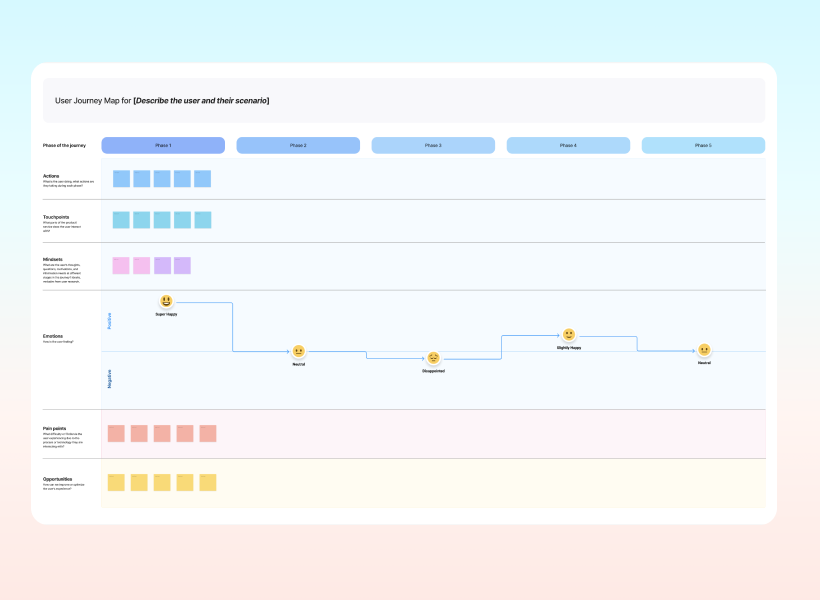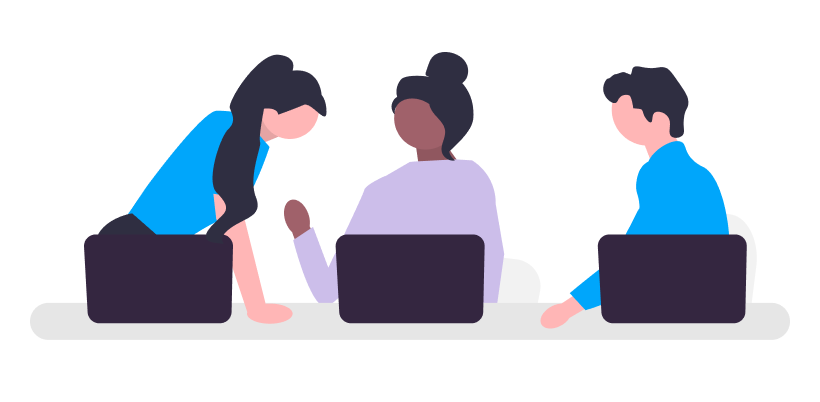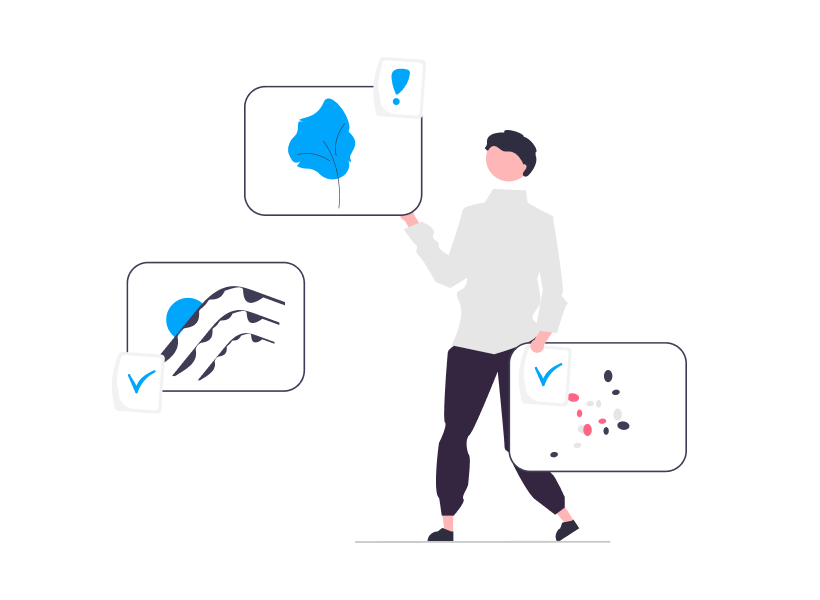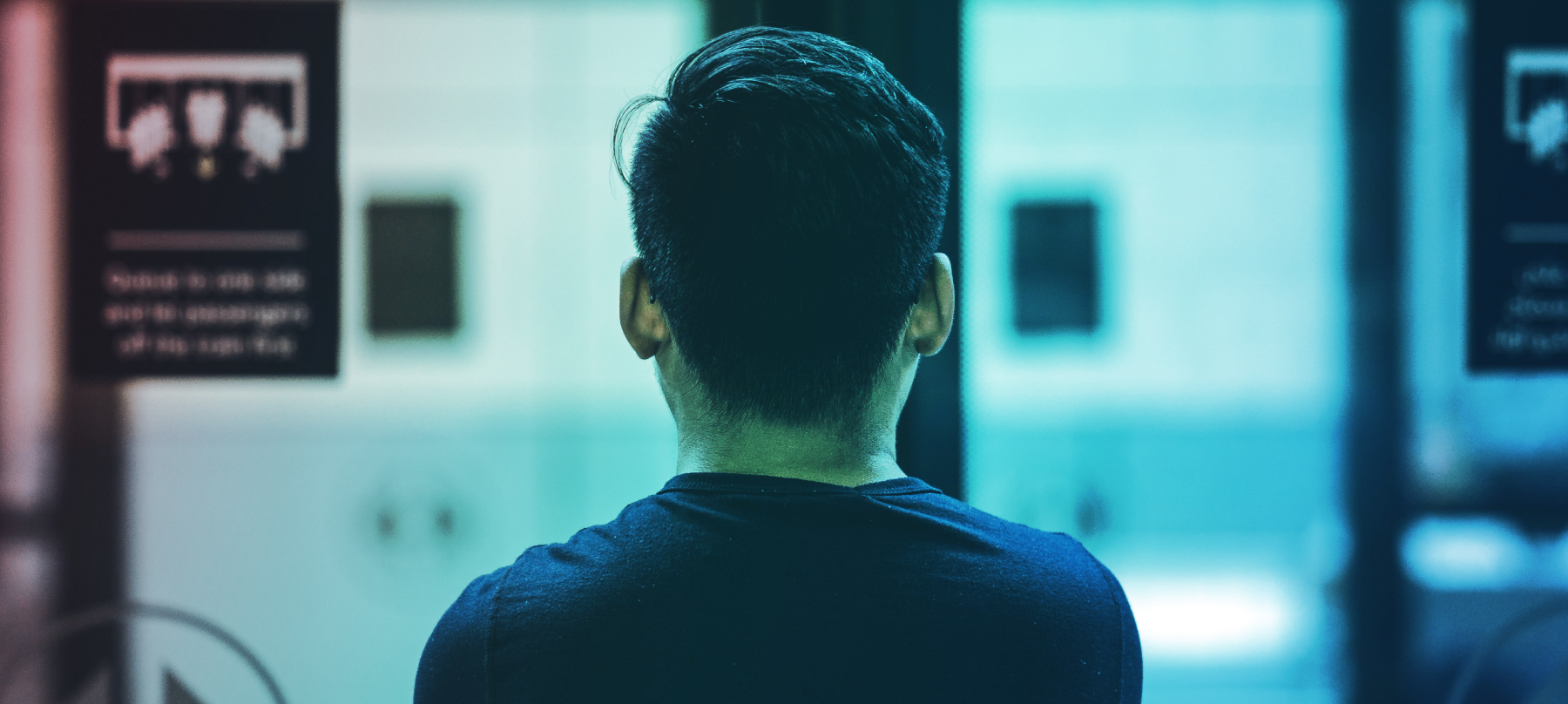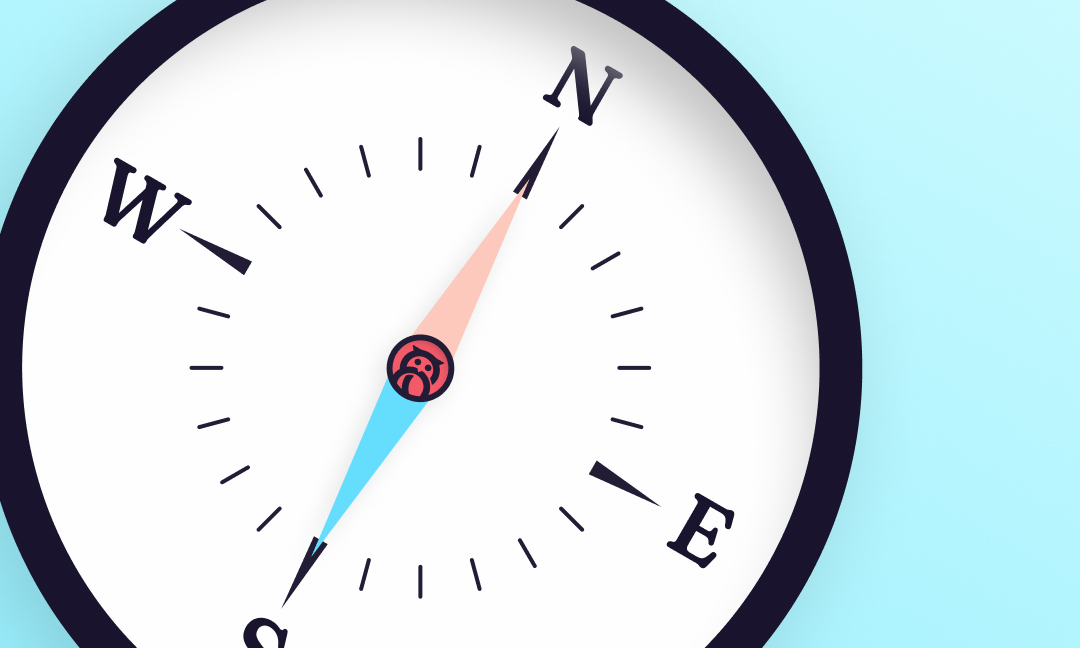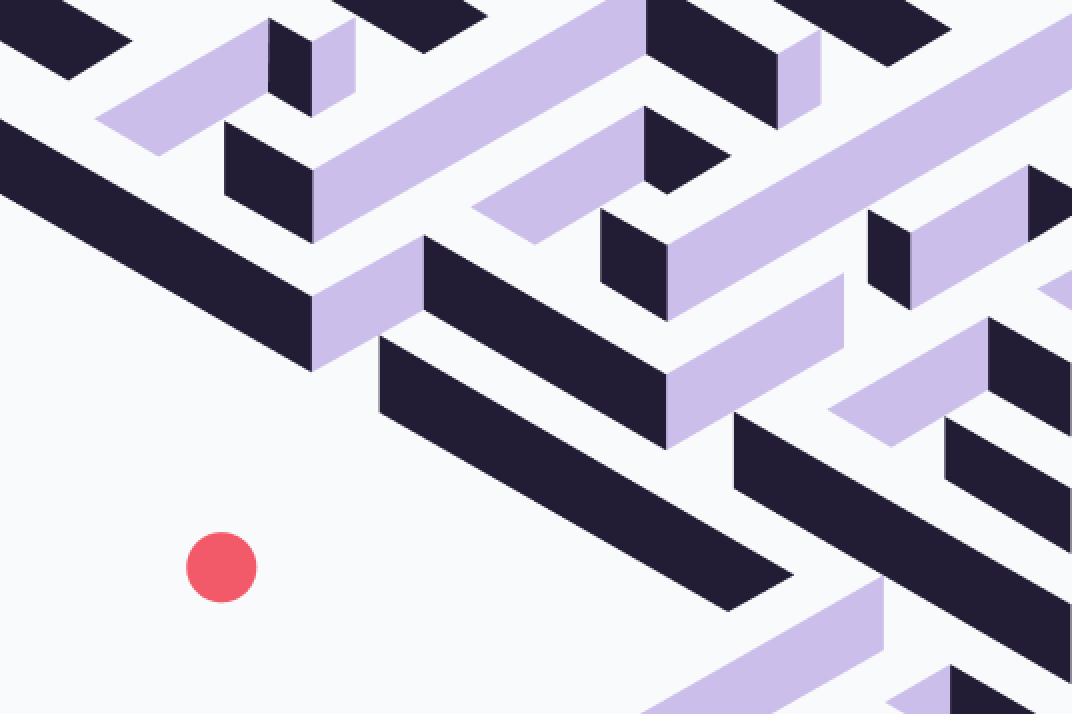User journeys offer a comprehensive overview of how a user engages with a product, website, or service, helping us identify any potential blindspots that may be overlooked amidst the fun and sexy aspects of visual design. For instance, building a novel product or rebranding and redesigning a website can be exciting. However, it can often lead us to be overly engrossed in designing shiny new features, ultimately losing sight of the big picture.
A well-structured user journey serves as the connective tissue that binds all these delightful experiences together. It facilitates smooth transitions of the user between different steps, requiring us, as designers, to meticulously account for all the necessary screens and interactions that the user will need to complete their tasks. In developing a user journey map, we devote time to identifying potential areas for improvement. These could emerge in diverse ways, from tweaking the process to introducing a new notification or refreshing the navigation interface.
Occasionally, outlining the entire user journey process can provide value by uncovering gaps where our clients or we may need a clearer understanding of a particular part of the user's journey. This discovery can prompt more targeted user or stakeholder research sessions, allowing us to delve deeper into the challenges users might encounter and the shortcomings of a product or website in addressing those issues. Though it may be something that feels like a momentary setback, committing to developing a comprehensive user journey perspective leads to a superior, user-centric product that effectively caters to consumer needs and expectations.
Similarly, user journeys allow us to create a central source of truth during collaboration with a client. Amidst client review meetings, wireframing sessions, and decisions about the perfect color scheme to make the design "pop," it's easy to lose sight of the end goal: designing for users. Personal biases and preferences can sometimes cloud our judgment on design decisions.
Given that a user journey outlines a process tailored for a particular user, it is a valuable resource during the UX process. It allows us to recalibrate and reassess how a design or business decision aligns with the journey we've carefully charted and mutually agreed upon. Furthermore, it enables us to ask critical questions like:
- Does this added feature facilitate a user's progression through the conversion cycle?
- Does this notification help the user locate the information they need?
- Will this new addition detract from the goal we aim to achieve and throw the user off the path we have plotted for them?
A user journey, particularly one collaboratively developed and approved with a client, can help maintain the project's scope and alleviate conflicts surrounding preferences and viewpoints. We can always return to our central question: "Does this align with the user journey we've planned?"


